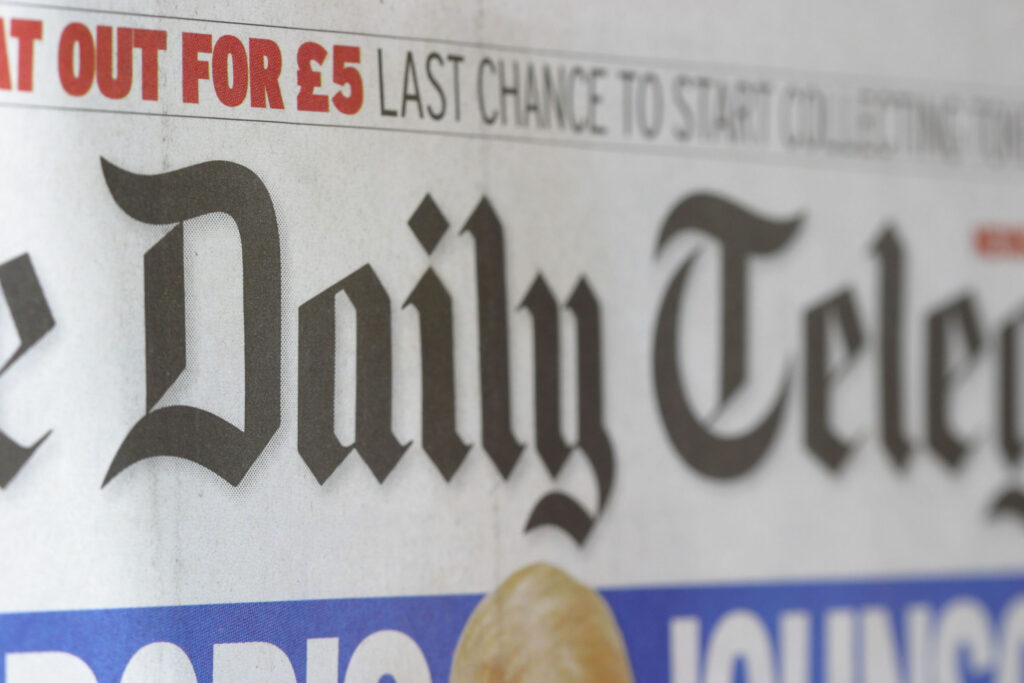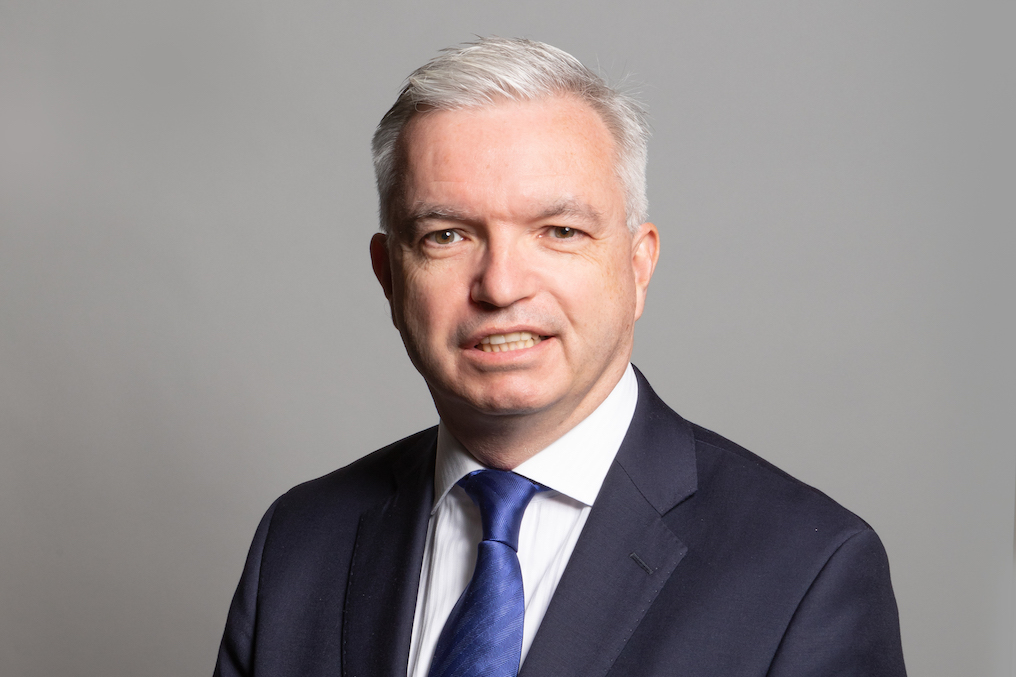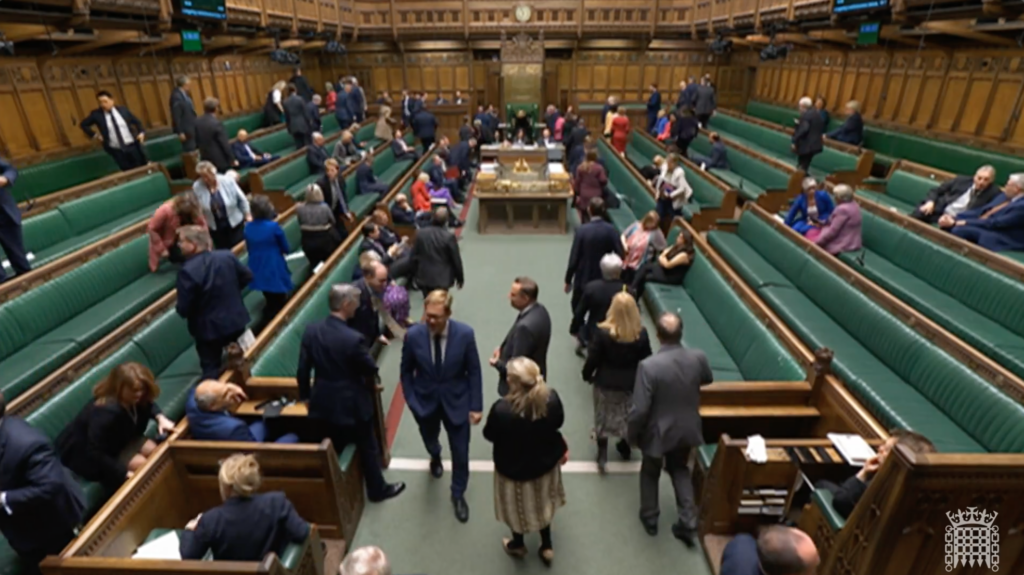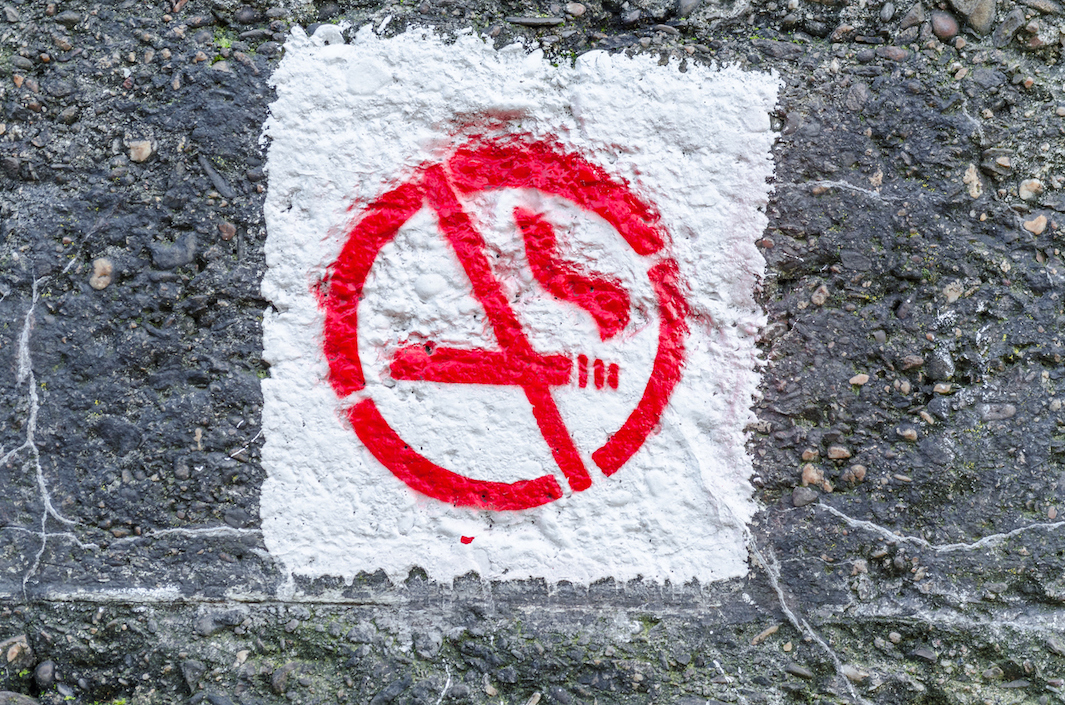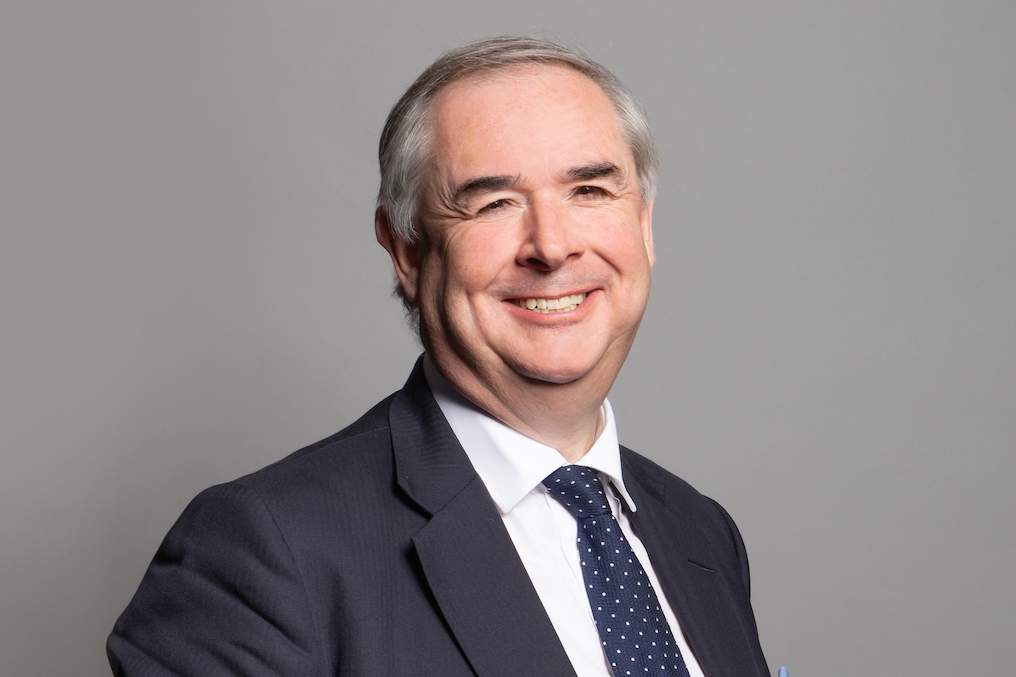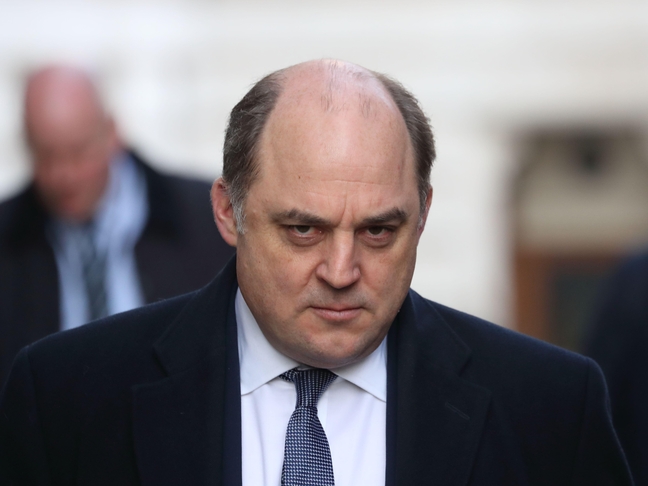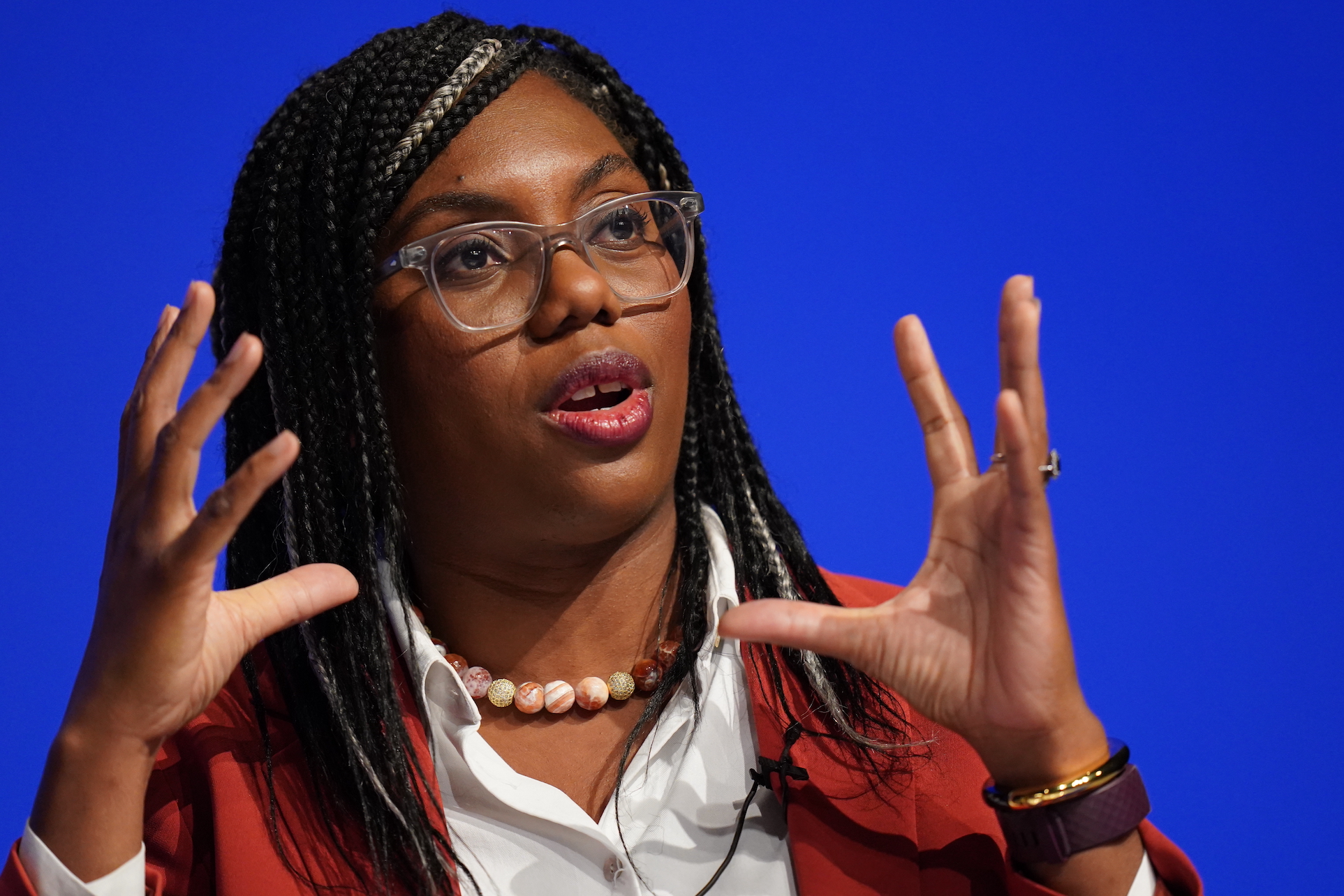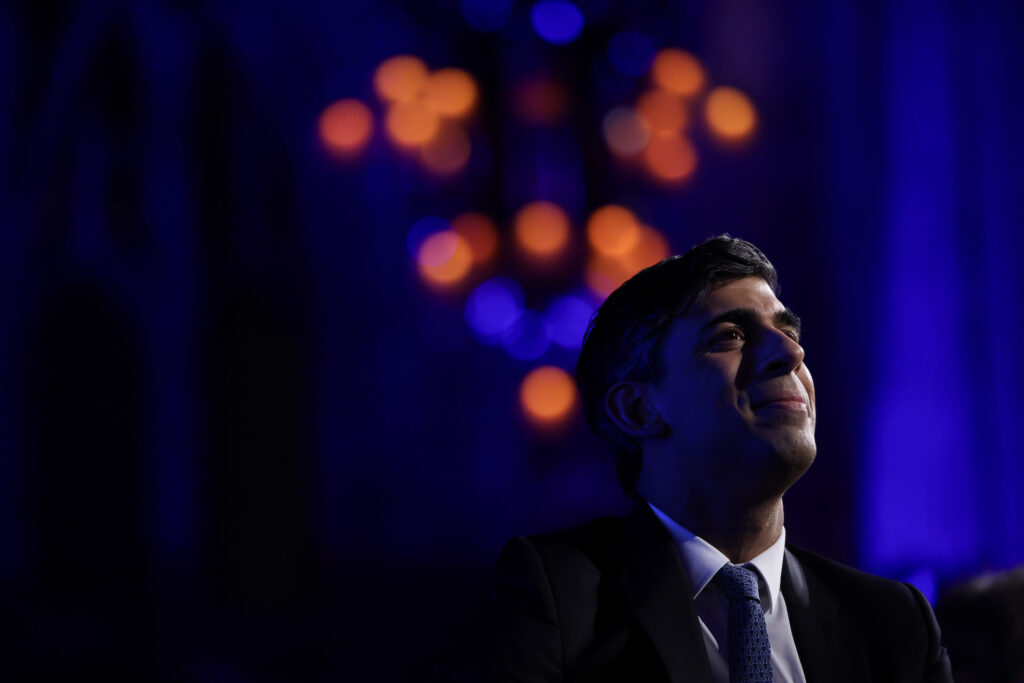Overview
The and , most commonly known as the or , is the current governing in the British House of Commons. After the 2019 General Election, the Conservatives held 364 out of the 650 seats in the House of Commons. The Party’s Peers also accounted for 243 out of the 778 seats in the House of Lords.
The oldest still represented in Parliament, the sits on the centre right of the political spectrum.
By the mid 2020s, the had been in for approaching fifty of the last seventy five years. Currently led by , the Tories are the of several well-known 20th century leaders such as Winston Churchill and Margaret Thatcher.

Core Beliefs
In terms of economic policy, the is economically , generally favouring the free market and opposing controls.
Positioning itself as the of small business, the advocates for low taxes, arguing that lower taxation will ultimately stimulate the wider economy, generating both a higher overall tax take and greater overall economic prosperity in its wake. The opposes the state ownership of industries and companies, albeit in recent years it has started to pursue a more actively interventionist regional policy.
In the Twentieth Century, the Conservative Party was typically associated with conservative social attitudes. However in the Twenty First Century there has been a significant change in the party’s approach. The party has adopted a more socially liberal outlook. The most significant evidence of this change in approach is the introduction by the Cameron government of equal marriage rights for LGBTQ+ couples in 2010. At Westminster, there are now 20 Conservative MPs who openly identify as LGBTQ, more than any other party.
The is typically seen as being more in favour of greater immigration controls than both the and Democrat .
Since 1945, Prime Ministers have consistently cultivated close ties to American Presidents in pursuit of a ‘special relationship’ between the UK and the US. Historically, there were both Eurosceptic and pro-European wings in the , but in the Twenty First Century the became more staunchly Eurosceptic. This culminated in the ‘s 2019 manifesto promising to ‘Get Brexit Done’.
The Conservatives remain a staunchly and oppose the break- up of the . The is generally opposed to constitutional .
The 2019 once again revealed a decisive preference for the amongst older . According to the polling organisation YouGov, with every decade older that a voter becomes, their chance of voting The age at which the average voter stops voting and starts to vote
Men are slightly more likely to vote Conservative than women: this difference is much greater among younger voters and again decreases with age.
Despite the Labour Party’s historical claim through much of the Twentieth Century that it was the party of the working class, that is no longer sustained by the electoral evidence.
The 2019 General Election showed a preference for the Conservative Party across all social classes, with more working class voters supporting the Conservative Party than the Labour Party.
With regards to education, the Conservatives have a clear advantage among non-graduates. By contrast the is more favoured by those with a university degree.
According to a YouGov 2017 study, there is strong support among Anglican (58% for the Conservatives, compared to 28% for ). The same is true amongst Jewish (63% for the Conservatives, compared to 26% for ). Those of Catholic faith and other Christian denominations were more evenly split in their voting behaviour, with the polling slightly better amongst those with no religious affiliation.
The is said to attract only minimal support from the Muslim Community (11% for the Conservatives, compared to 85% for the ). In 2019, the Singh Investigation was set up following certain high-profile allegations of alleged “Islamophobia” within the party.
YouGov polls from 2019 also found that Black and Minority Ethnic are more likely to than (64% to 20%), whereas the opposite is true of White (29% for and 48% ).
Membership of the
As of July 2019, the had around 180,000 members. This represents a marked decline from the 1953 peak when the Party’s membership reportedly surpassed the 2.8 million mark.
Even though the won the , membership levels in that year considerably trailed that of the (485,000 members). Indeed in terms of membership levels, the Conservatives were only a little bit ahead of the Scottish National (125,500 members) and the Democrats (115,5000).
Funding
All political parties in the UK fund their activities and campaigns in a variety of regulated ways: public funding, donations, loans, and membership fees.
Being a party represented in the House of Commons by more than two MPs, the Conservative Party is eligible for policy development grants. Of a total of £2 million to be shared among all eligible parties each year, the Conservatives reportedly received £359,478 in 2015/2016.
A significant source of income is received through donations. These are defined as ‘money, goods or services provided without charge or on non-commercial terms’. Each has a responsibility to check a donation’s permissibility before accepting it. Donations exceeding £7,500 must be reported to the Electoral Commission and are known as registered donations. During the period, 63% of all registered donations were made to the , amounting to a total of £19.4 million.
Parties may also charge membership fees, which are not subject to regulation. The Conservative Party currently charges £25 for a standard yearly membership, with discounts for those aged under 26 and members of the armed forces (both current and former), who pay £5 and £15 a year, respectively.
Origins of the
The Tories were a Parliamentary faction that first emerged during Queen Anne’s reign, opposed by the then Whigs. During the 19th Century, the Tories transitioned to the term ‘‘ as the official name, although ‘‘ continued to be used informally.
The ‘s infrastructure dates back to the efforts by , Benjamin , to court new city-based in the latter half of the 19th Century. This led to the creation of the National Union of and Constitutional Associations and Central Office. The former’s role was to represent the membership and to hold a yearly . The latter, since renamed as the Campaign Headquarters, is the ‘s organisational organ.
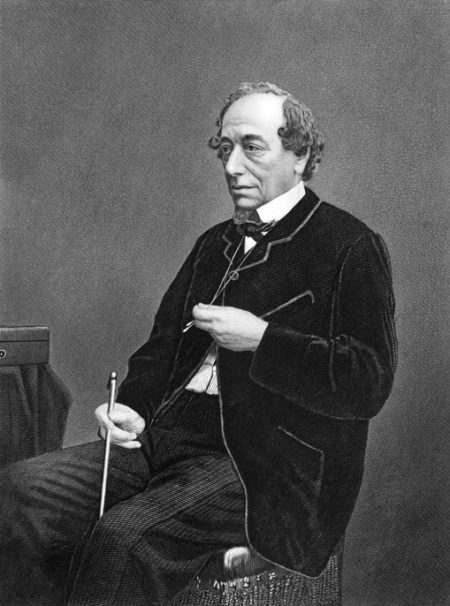
Benjamin Disraeli developed the Conservative Party’s organisation in the late 19th Century.
‘s also redefined the role of the in , increasing the Tories’ popularity and associating them for the first time with patriotism.
When the question of devolving power to Ireland came to the forefront of mainstream political debate in the early part of the Twentieth Century, the Conservative Party aligned with Liberal Unionists against so-called Home Rule. This led to the two parties merging in 1912 to form the modern Conservative and Unionist Party.
Organisation
The lowest level of the organisation is the Association. This is a local group that typically corresponds to a Parliamentary constituency, with a President and various officials elected by local members. These local associations often employ a local agent.
The ‘s organisation in the is also divided into Regions. The has a small number of Regional Chairmen or Chairwomen who carry out organisational and administrative roles in each region.
Local association Chairmen, officers from the Regions and representatives from the Women’s Association meet twice a year as the National Convention. The officers of the National Convention represent the Voluntary to the .
Officers from the National Convention, along with representatives from the political and professional wings of the party, sit on the Board of the Conservative Party. This Board makes the final decisions concerning all party operations.
The Women’s Association, the Young Conservatives and Conservatives Abroad are also recognised organisations, each responsible for representing a specific group within the .
There are also dedicated branches of the in Scotland and Wales.
The ‘s Campaign Headquarters can be found at 4 Matthew Parker Street in London.
The process for electing the is split into two main stages.
During a Parliamentary stage, aspirant candidates need to be nominated by 8 fellow Conservative MPs. Those that reach this benchmark are then put through a series of votes by the Parliamentary Conservative Party. During this process, the candidates with the lowest number of votes are eliminated, before a subsequent round is held. The process continues until two candidates remain.
In the second stage of the contest, the two top candidates face each other in a by the ‘s membership. The winner becomes the .
If Tory MPs are dissatisfied with the Party Leader, they can initiate a leadership challenge. This happens when 15% of Conservative MPs write of their intention to hold a vote of no confidence in the Party Leader to the Chairman of the 1922 Committee (the body that represents all Conservative MPs). A vote is then scheduled.
The last time this process took place was in June 2022. Boris Johnson survived a no confidence vote from his MPs, before announcing his decision to step down following mass ministerial resignations in July 2022. Theresa May had previously withstood a similar challenge from MPs in December 2018. She resigned as party leader in the summer the following year.
After a failed of no confidence, a new cannot be called for at least a year. Should the lose a of confidence, they must step down and are not allowed to run for the again.
Parliamentary Candidates
The current standard selection process for candidates to stand in Parliamentary elections for the involves several stages.
Potential candidates typically have to pass the Party’s Parliamentary Assessment Board (PAB). This stage aims to assess the applicants in several skills and areas considered important in the job, such as communications and political convictions. Assessors on the Parliamentary Assessment Board do not have access to applicants’ CVs in order to minimise possible bias. Applicants who are successful at the Assessment Board are accepted onto the Approved List.
When there is a vacancy for a in a particular constituency (normally because the incumbent has stepped down, or occasionally been de-selected by a of the local Association), applicants from the approved list typically apply for the vacancy.
The local party then goes through its own process of interviewing and filtering these applicants, with an eventual short list normally being put to a of the membership in that constituency. Once this process is completed, the chosen individual can stand to be elected as a MP.
Contact Details
Website:https://www.conservatives.com
Twitter: @Conservatives









